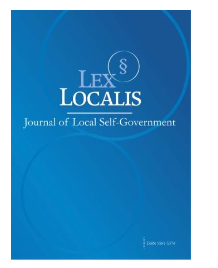OPTIMIZING NEUROIMAGING-BASED AUTISM DETECTION THROUGH HYBRID SSL ARCHITECTURES
DOI:
https://doi.org/10.52152/z0p81d41Keywords:
Autism Spectrum Disorder (ASD), neuroimaging (MRI), self-supervised learning (SSL), DINOv2 (Vision Transformers), Momentum Contrast (MoCo), SimCLR (Contrastive Learning), BYOL (Bootstrap Your Own Latent).Abstract
This research presents a hybrid self-supervised learning (SSL) approach for the classification of Autism Spectrum Disorder (ASD) using structural MRI data. Leveraging advanced frameworks including DINOv2, MoCo, BYOL, and SimCLR, the study integrates these models with convolutional backbones such as EfficientNetB0 and ResNet50 to extract robust feature representations. Experimental results demonstrate that hybrid SSL pipelines substantially improve classification accuracy, achieving results as high as 98.01%. Different combinations of SSL models were tested, each contributing complementary strengths in capturing structural and contextual features of neuroimaging data. The proposed framework reduces dependence on large annotated datasets, offering scalable, accurate, and generalizable solutions for clinical decision support. These findings highlight the potential of SSL-driven hybrid architectures in improving early ASD detection and establish a benchmark for future medical imaging applications.
Downloads
Published
Issue
Section
License
Copyright (c) 2025 Lex localis - Journal of Local Self-Government

This work is licensed under a Creative Commons Attribution-NonCommercial-NoDerivatives 4.0 International License.








